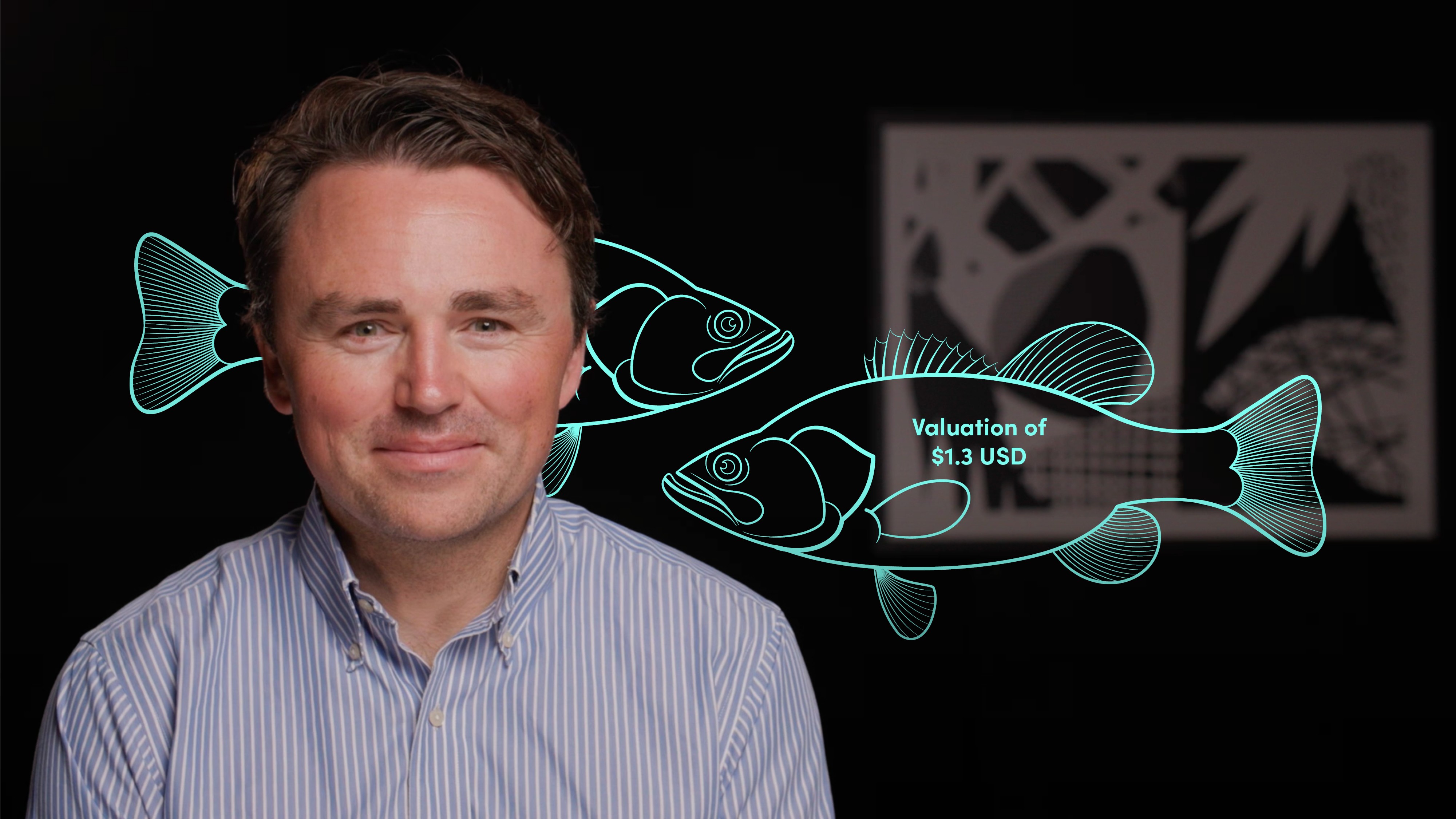
The Transition Challenge for Fisheries and Aquaculture

Vincent Kneefel
15 years: Ocean conservationist
Almost 90% of global marine fish stocks are exploited or overfished. On average, we eat twice as much fish as we did 50 years ago. How did we get here? Join Vincent Kneefel as he explores fisheries and aquaculture, the most common fishing methods and some solutions to the fishing crisis.

Almost 90% of global marine fish stocks are exploited or overfished. On average, we eat twice as much fish as we did 50 years ago. How did we get here? Join Vincent Kneefel as he explores fisheries and aquaculture, the most common fishing methods and some solutions to the fishing crisis.
Subscribe to watch
Access this and all of the content on our platform by signing up for a 7-day free trial.

The Transition Challenge for Fisheries and Aquaculture
12 mins 6 secs
Key learning objectives:
Define fisheries and aquaculture
Identify common fishing methods
Understand how to combat fishing problems
Overview:
Fishing has become a large problem in the marine industry. 38 million tonnes of sea creatures are unintentionally caught every year, an estimated 40% of the entire fish catch. In addition to that, almost 90% of global marine fish stocks are now fully exploited or overfished. The most common fishing methods include: purse seine, trawling, gillnets, long lines and pole and line. Each has their own problems with levels of bycatch unintentionally caught. There are some solutions we can use to limit the impact of overfishing however, namely seafood traceability and fish alternatives (i.e. plant-based fish).
Subscribe to watch
Access this and all of the content on our platform by signing up for a 7-day free trial.
What are fisheries?
A fishery is a fishing ground or area where fish are caught.
What is aquaculture?
Aquaculture is the term used to describe the farming of fish.
What are the most common fishing methods that use nets?
1. Purse seine
A boat locates a school of fish and then, using either a crane or other smaller boat, takes one end of a net around the school and back to the fishing vessel. The ends of the net are synced together like a drawstring bag and pulled aboard with the fish inside.
2. Trawling
Trawling is the process of dragging a net through the water behind a boat. There are two different kinds: bottom trawls and midwater trawls.
3. Gillnets
Gillnets are set up to act as a wall with holes in it which fish unknowingly swim into and get stuck.
What are the most common fishing methods that use poles?
1. Longlines
These are very long fishing lines that have a baited hook every few feet and can be many miles in length.
2. Pole and line
A fishing pole and line is used to catch individual fish.
What are some current issues we are having with fishing?
- 38 million tonnes of sea creatures are unintentionally caught every year, an estimated 40% of the entire fish catch
- More than 12 million tons of plastic ends up in our ocean every year, with fishing gear accounting for roughly 10%
- Almost 90% of global marine fish stocks are now fully exploited or overfished
- A person eats, on average, 19.2kg of fish a year, twice as much as 50 years ago
- Illegal and unregulated fishing constitutes an estimated 26 million tonnes each year
- In just 40 years, there has been a 39% decrease recorded in the total mass of marine species in our seas
How can we alleviate some of the problems caused by fishing?
1. Seafood traceability is critical to strengthening the sustainable management of fisheries, deterring illegal practices and verifying environmental and social responsibility claims.
2. Fish alternatives could help to diminish some of the problems. Plant-based seafood could help to take some of the strain off the industry by alleviating the demand for fresh-caught fish, curbing the overfishing that can decrease fish populations, reduce biodiversity in the ocean and harm habitats.
Subscribe to watch
Access this and all of the content on our platform by signing up for a 7-day free trial.

Vincent Kneefel
There are no available Videos from "Vincent Kneefel"


























